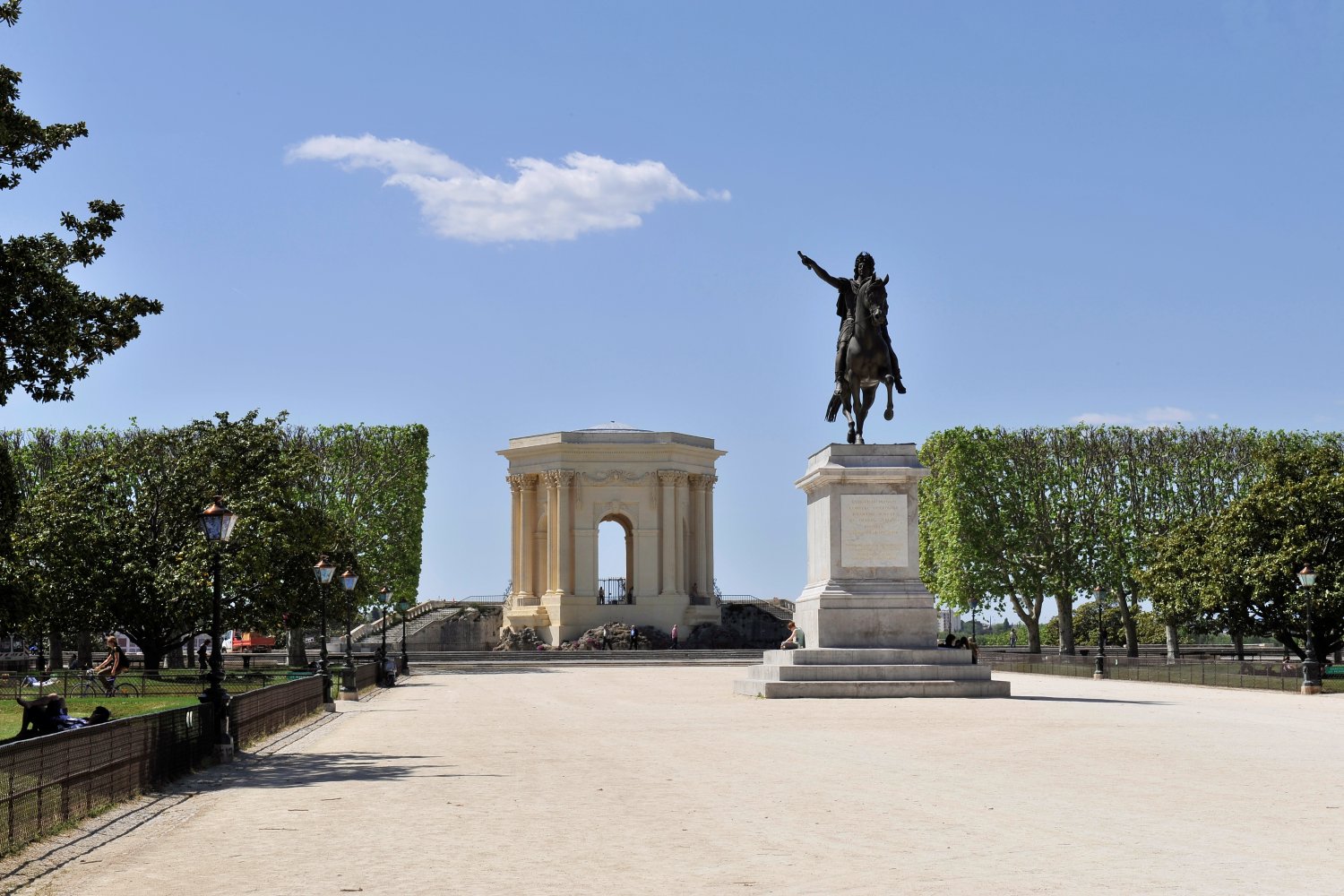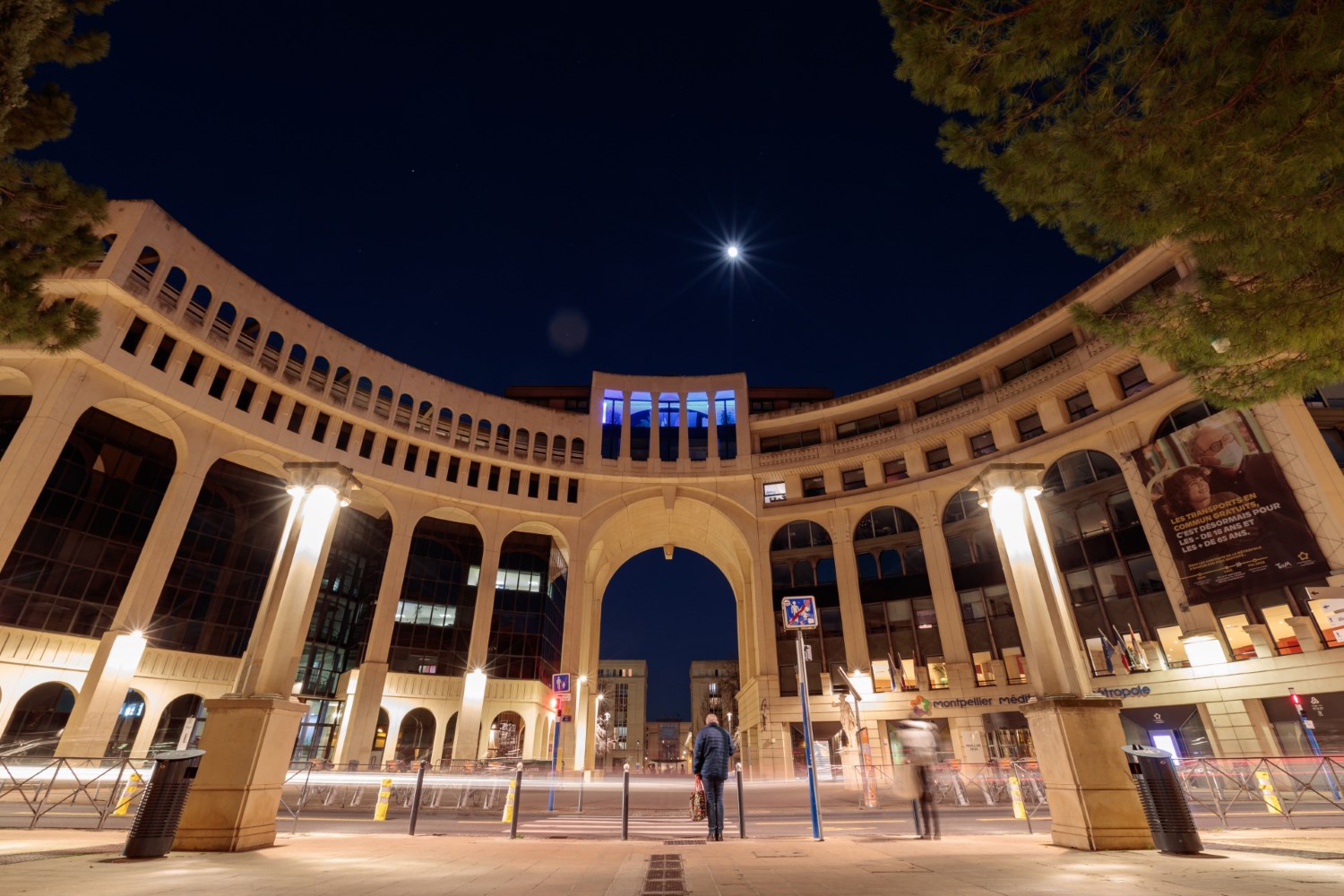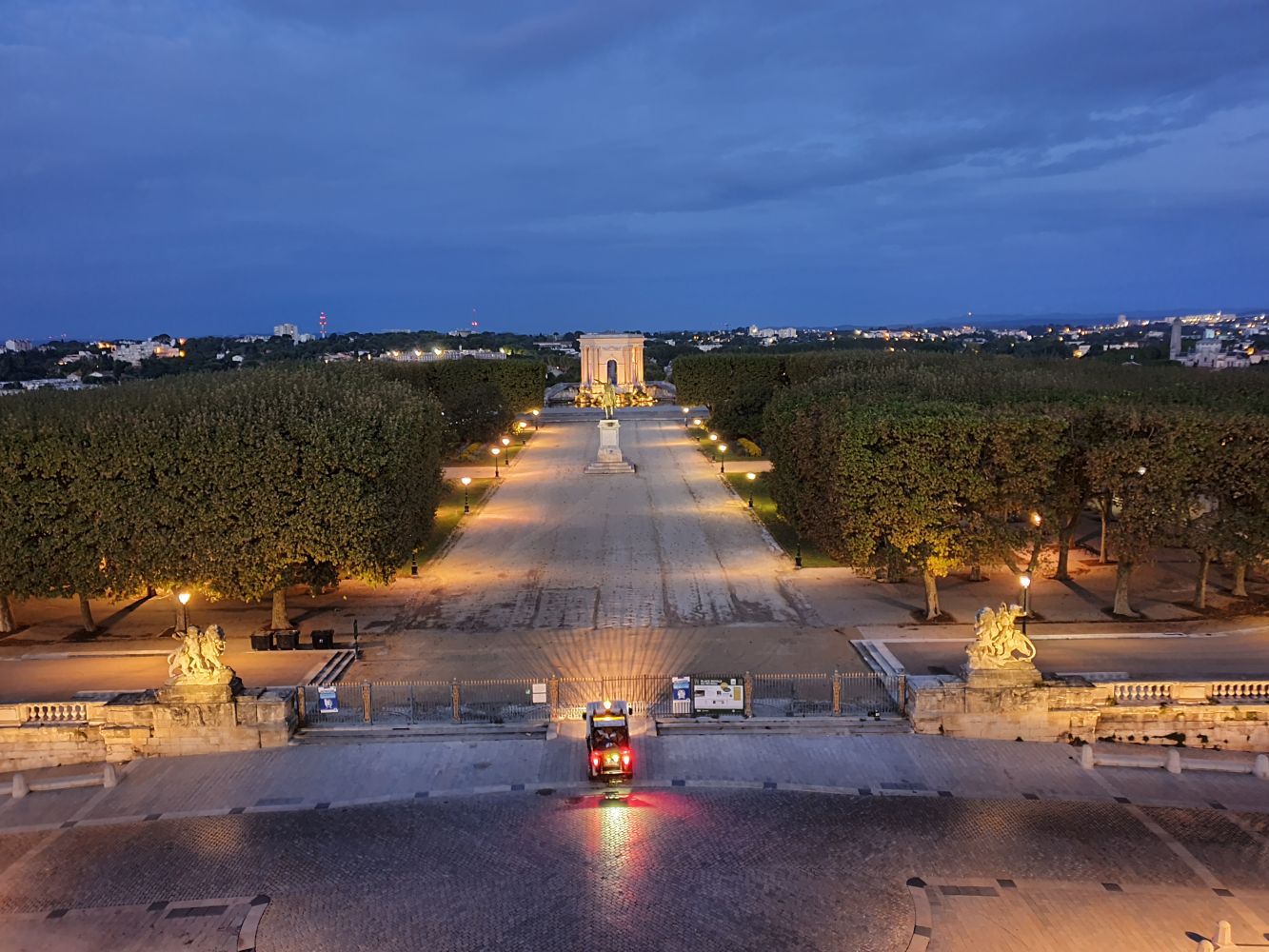
Montpellier
France
The 7th largest city in France, Montpellier is a dynamic, innovative city where culture plays an important role.
Montpellier is also known and recognised for its university teaching quality and world-class research ecosystem, which is linked to the major areas of economic development in the metropolis (ecology, health, etc.).
Montpellier is a city steeped in history yet deeply committed to the future – a future it is building around the ecological transition of its territory.
Population: 290 053
A city steeped in history
yet deeply commited to the future

Montpellier is located in the Bas-Languedoc plain, some ten kilometres from the Mediterranean Sea.
It enjoys an exceptional location, along a major communication axis used since Antiquity (the Via Domitia – Domitian Way), embodied by the Canal du Midi – Canal du Rhône à Sète waterway link, now occupied by the railroad, and the A9 motorway, linking southern Spain to Denmark and eastern Europe.
Occupied since ancient times, the territory of Montpellier Méditerranée Métropole first developed around the port of Lattes (Lattara, whose archaeological site is now being developed by Montpellier Méditerranée Métropole), a major port city until the 5th century.
Read More
Born after its neighbours Béziers, Nîmes and Narbonne, Montpellier quickly became an important economic, cultural, university and administrative centre. Inheriting a rich history, Montpellier “la belle endormie” (“the sleeping beauty”) was a medium-sized city by the early 1960s.
With almost 1,000 new inhabitants every year, Montpellier boasts the highest demographic growth in France over the last 20 years.
Photos: © Ville de Montpellier
